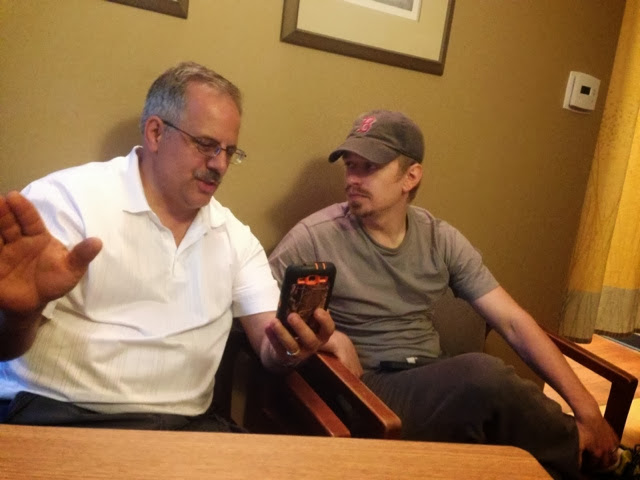Cull Outgrown Clothing Regularly
Whether you’re sentimental and loath to part with the clothing that documents each of your child’s developmental stages or simply haven’t had the time to tackle the mounds of outgrown clothing your child owns, the first step to creating an organized, clutter-free closet for your youngster is to cull everything that no longer fits or is damaged, and to repeat the process periodically to keep old-clothes collections from getting out of hand again. Donating serviceable items to local charities, selling them to a consignment store, or even passing them along to friends and relatives as hand-me-downs will keep perfectly good items from going to waste and also get them out of your house once and for all. If you’re collecting clothing for sentimental reasons, the process can be a bit more complicated. Paring down the collection of clothes that you’re saving to only those with real milestones attached can help; the outfit she came home from the hospital in, the dress from her first birthday party, or what she wore on her first day of school are great keepsakes. All of the outgrown scraps of play clothes and novelty t-shirts, however, will only serve to clutter some area of your home. Getting rid of things that have no specific sentimental value can help you make room for new things, make it easier to organize her current wardrobe, and give the gift of much-needed clothing to less fortunate children.
Rotate Seasonal Items
If you know that your child won’t be wearing shorts in January, make a habit of switching out his wardrobe seasonally. Unless you live in an extremely temperate, mild climate, short sleeves and sandals probably won’t see much use during the winter months, so make room for the heavy jackets and sweaters of winter by moving summer clothing into storage. When it’s time to pull clothing out of storage and rotate back to the warm-weather items, make sure you take the opportunity to cull anything he’s outgrown over the winter. When the things in his closet are things he uses, rather than things that lurk at the back and unnecessarily take up space, it’s easier to maintain an organizational system.
Invest in an Organizational System
While handy parents can build shelving systems that are customized to the specific dimensions of their child’s closet, those that are a bit less talented in the construction arts may want to consider investing in a ready-made system to make the job of organizing a bit easier. In most cases, these systems can be adjusted and modified as your child grows and his needs change, making them worth the money and easy to maintain over the years. Bins, shelves and adjustable rods make it easier to compartmentalize your child’s clothing and shoes in a way that works for your family.
Space-Saving Solutions
Opting for space-saving choices like hanging complete outfits on one hanger not only makes more room in your child’s closet, it can also save a significant amount of time during his morning routine by eliminating the need to locate coordinating items. Cascading hangers that hold several articles of clothing, hanging organizers that add quick shelving to a closet that has only a rod, and bins for storing shoes and other items are all great and cost-effective space-saving solutions that can make your organizational project run more smoothly.
Keep Clothes in Kids’ Reach
When your child is learning to dress himself and is exploring his burgeoning independence, you’ll want to make sure that he can reach all of his clothing to foster that independence and ability to manage simple tasks on his own. As you’re conceptualizing your organizational system for his closet, building it around the idea of keeping the things he needs most within his reach can create a clean, clutter-free space that he’s able to use without adult assistance.









































